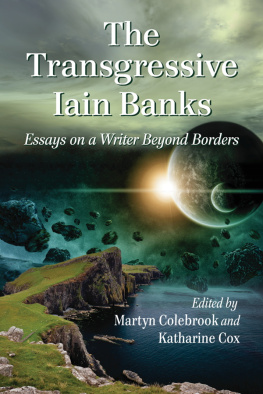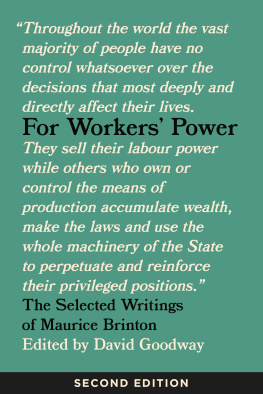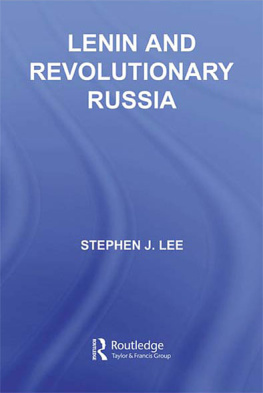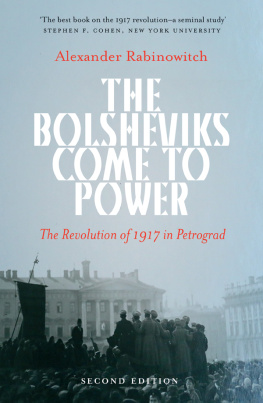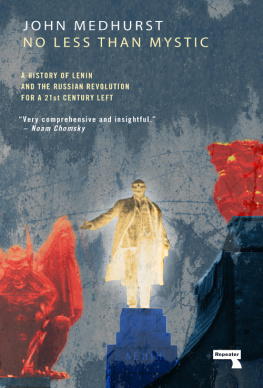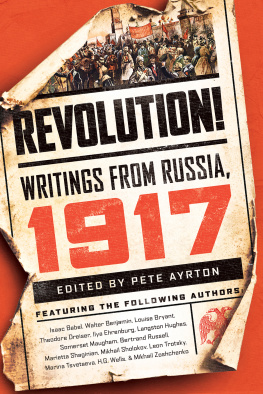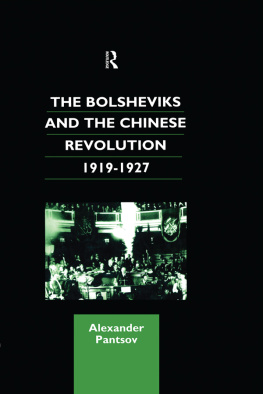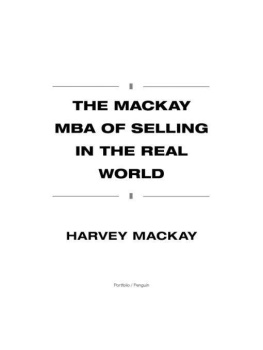Soon the younger generation will be consigning us to the archives, will they not?
Introduction
The Friends of Aron Baron
History may not have ended, but it certainly has gotten strange. The social contract neoliberalism once imposeda patchwork of economic shell games and the political rituals needed to foist them on peoplehas shredded with surprising speed in recent years. The result has been a rapid universalization of precarity. Unpredictability and groundlessness are ubiquitous parts of our lives, which unfold in a supposedly post-truth world where the basic prerequisites for understanding almost anything seem lackingor at least seem to change with each n ews cycle.
This new reality was both cause and effect of Donald Trumps election as forty-fifth president of the United States. His campaign successfully harnessed the fear and desperation of our social unraveling, and he rose to power with promises to end it. He would, he said, stop the erosion of our dwindling sense of security and restore the certainty of clear borders (national and racial) and steady jobs. The trains would ru n on time.
Trumps success-from-the-fringe took US liberals by surprise. Anything other than the staid electoral ping-pong between managerial representatives of this or that political party had been unthinkable to them. Further along the left spectrum, there was surprise among many radicals, but perhaps less shock: they at least had the theoretical arsenal with which to explain the situationafter the fact.
The left is no less subject to historical uncertainty, nor really any more prepared to meet it or predict whats next. Lately, many radicals have been engaged in the same grasping at straws that motivated Trump voters. When the way forward is unclear, they seem to think, its safest to go backward, into the past. They search for answers in the tried and trueeven when that truth is one of massive historical failure. Thus weve seen a return to social democratic strategies, first with the tepid socialism of Bernie Sanders, more recently with the resuscitation of the Democratic Socialists of America. Voters in Europe figured out long ago the pointlessness of electing so-called socialists to oversee a capitalist economy. The US, as usual, has failed to learn from others mistakes.
The hundredth anniversary of the Russian Revolution, the occasion for this book, has put an even more bizarre spin on these developments. Many see the centennial as an opportunity to rehabilitate, even celebrate, outdated forms of authoritarian state socialism. Its a tricky celebration, though, one that must either carefully ignore the human devastation that the Bolsheviks set in motion in 1917 or push it past an imaginary border beyond which, the story goes, communist possibility was hijacked by evil men, and marched off to a land of gulags and forced collectivization. Judging from their lists of recent and forthcoming titles, leftist publishers around the world will repeat these elisions and fairy tales in scores of books that praise Lenin, reframe the Bolsheviks, and attempt to rescue the Marxist jewel buried beneath a mountain o f corpses.
If it was just the old guard and zealous party officials spinning these fictions, this book would be unnecessary. Their influence has steadily declined and they will eventually all die off. In these strange, unsettled times, though, a number of young people have become enamored with the ghosts of dictatorships past, sharing Hot Young Joseph Stalin memes on social media and sporting hammer-and-sickle baseball caps and jeweled necklaces. Theres often an ironic edge to the new Bolshevik bling, like the punks of a previous generation wearing Nazi symbols. But the punks at least had a raw nihilistic honesty: they were referencing the horror behind their regalia to make a point. Todays new, young communists are either much more oblivious to the history behind their gestures or are slyly hedging their bets by pretending theres no substance to their style, and thus no accountability. All this suggests a more pressing need for this book.
***
Of all the revolts of the working class, writes Cornelius Castoriadas, the Russian Revolution was the only victorious one. And of all the working classs failures it was the most thoroughgoing and the most revealing. We might quibble about the word only, but Castoriadass point remains: there is something important to learn from the possibilities that the Russian Revolution both opened and demolished. The catastrophe in Russia obliges us, he says, to reflect not only on the conditions for a proletarian victory, but also on the content and possible fate of such a victory, on its consolidation and development and, most importantly, on the seeds of failure inherent in certain approaches to revolutionary strategy. According to Marxist-Leninists, when it comes to the Russian Revolution, those seeds were entirely external and objective: the defeat of subsequent revolutions in Europe, foreign intervention, and a bloody civil war. The historical importance of these factors is incontestable, and largely besides the point. The real question, as Castoriadas notes, is why the Revolution overcame its external enemies only to collapse fro m within.
To answer that, we need what Maurice Brinton calls, in his preface to Ida Metts history of the Kronstadt commune, a new, genuinely socialist history. What passes as socialist history, according to Brinton, is often only a mirror image of bourgeois historiography, a percolation into the ranks of the working class movement of typically bourgeois methods of thinking. State-socialist hagiography, in all its Leninist, Trotskyist, Maoist, and Stalinist varieties, is simply a thinly veiled great man vision of the past, with kings and queens and presidents replaced by revolutionary leaders of genius, brilliant strategists who supposedly led the masses to victoryor who would have if objective factors hadnt intervened, which, strangely, they always s eem to do.
This anthology is an attempt to contribute to that new history. It is, again following Brinton, a history of the masses themselves, written, as far as possible, from their perspective, not from that of their self-declared representatives. Weve collected works spanning the last century, from 1922 to 2017, that serve two purposes. The first is to uncover the living revolution beneath the myths that the Bolsheviks and their state-socialist heirs have piled up to legitimize their otherwise indefensible actions. The living revolution is the potential inherent in any mobilized populace. It is made , not decreed, bestowed, or legislated into existence. And it is a powerful force. The initial stage of the Russian Revolution, stretching from February through October, was famous for its lack of bloodshed. When the masses rise up as one, there is no power that can oppose them. They create new revolutionary forms, agreed-upon practices that may or may not take institutional form. These practices, which cohered in Russia into the soviets, factory committees, and cooperatives, are the embryonic structures through which a new society might be organized.



